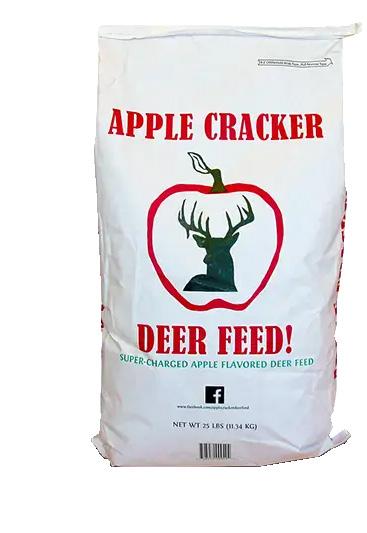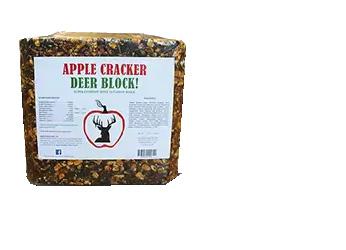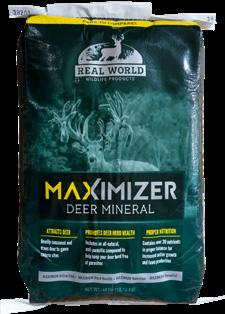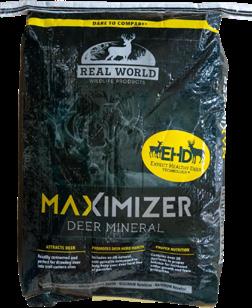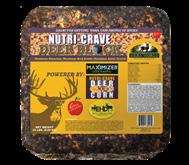







Honey Harvest
This is the first year I have been able to harvest some honey from my beehive. I had bees last year but just when I thought they were all happy and productive, they packed up and moved away. Those were wild bees I caught. I thought they had become domesticated and would be the start of my apiary. I thought wrong. One day some hive beetles moved in, and all the bees moved out. This year has been more successful. I started with a complete hive, called a nuc. This includes a queen, a bunch of worker bees, and some brood (eggs and larva in honeycomb). From day one, they seemed content and very industrious. The queen laid eggs by the thousands and the workers built comb, brought in pollen, and made honey. Where my hive is located, large areas
of trefoil bloomed providing easy access to pollen. The hive expanded faster than I could imagine. If bees become over-crowded, they will pack up and leave (swarm) in search of more space. Careful to avoid a repeat of last year, I added another hive box. In a few weeks, expansion called for another to be added. With three hive boxes stacked up, the queen seemed to have enough room to lay her eggs, but the workers were running out of room for honey storage. I then added a super just for honey storage. The busy little bees promptly went to filling it with honey. Last weekend, I decided to harvest the excess honey they were storing.
Of a total of forty frames of eggs, larva and honey, I chose five frames that were completely filled with honey. The bees did not seem to be too annoyed that I was stealing their honey as I removed the frames and shook off the workers. I was followed by a couple hundred bees as I took the frames to the garage to extract the honey. A word to the wise here: if you are a married person, do not process your honey in the kitchen. One drop of honey will cover approximately
twenty square feet with stickiness. More than a drop will be lost so a person can imagine the mess one will end up with in the kitchen. It would not make for a happy marriage. I cut the caps off the honeycomb and placed them in a filter to drain honey left behind. Putting the uncapped frames in the centrifuge, I spun out large amounts of beautiful light golden honey. I then filtered the honey from the centrifuge and bottled it. There is a tremendous feeling of satisfaction derived from raising bees and keeping them happy enough to make more honey than they can use.
The hardest part of the entire process is cleaning up after the harvest. Every time a frame is moved from one step to another, a few drops of honey are lost. These few drops, landing everywhere from the floor, counters, and buckets to hands and clothes get transferred everywhere.
The empty frames are not a problem as they are placed next to the hive and the bees clean up any bit left behind. I washed the floor several times and any places I missed were licked up by Jag, the terrier. The counters were scrubbed
down as were any tools I used in the process. I put my clothes in the washing machine and threw my gloves away. The bees that followed me to the house spent the day cleaning any drops left in the back of the Ranger. Several days later, I still find an occasional sticky spot but I just call Jag. He is currently in the Ranger licking off the steering wheel.
The honey harvest is a lot of work, but the results are delicious.









Are
Aronia Berries
A Cure-all?
All I know is my own story, and the stories of others whom I believe. I had an ugly skin cancer on my forehead called a neuroendocrine carcinoma. Yes, in all likelihood it was caused by sun. For you naysayers out there, who won’t wear a hat, or use sun block, I’m here to tell you it’s not worth the risk. As a teenager, I detassled, rogued, walked beans, and all that other farm stuff, and never wore a hat. Hats were for sissies. My face would get so sunburned, my nose and cheekbones would blister, peel, and regrow new skin. It was a badge of courage. We wouldn’t wear shorts either, but took our shirts off. White legs, blistered head and shoulders, equals cool. No, fool. Like a waterfall, the neuroendocrine carcinoma went down into the lymph nodes of my neck—stage 3 or 4 cancer. Uh, oh. But Ginnie and I started praying and drinking aronia berry juice that a farmer buddy gave



us. Lo-and-behold, the neuroendocrine carcinoma on my forehead disappeared, and the swelling in my lymph nodes shrunk without any other medication. What are aronia berries? Good question. They are a berry that is popular in Europe, especially Poland. The aronia berry is very high in antioxidants and antiinflammatory ingredients. Here on the Empty Nest Farm we have a row of aronia berry bushes growing alongside our driveway as a wind break. If you eat the berries raw, they make you pucker. They’re astringent. But the juice from these aronia berries is more tasty. It takes seven pounds of berries to make half-a-gallon of juice.
So, where can you get aronia juice or powder? Here in SE Iowa there is a group of three families who are growing aronia berries and making aronia powder and juice. Their website is linngrovearonia.com. You can purchase the powder and they will ship it to you. They also make juice, but because it’s in a glass bottle, it’s not economical to ship. They are also in the process of making their aronia products available in local supermarkets. Explore their website. If you pay them a visit, they may bequeath you a jug of their frozen, pasteurized juice. Stories and personal testimonies abound as to the health




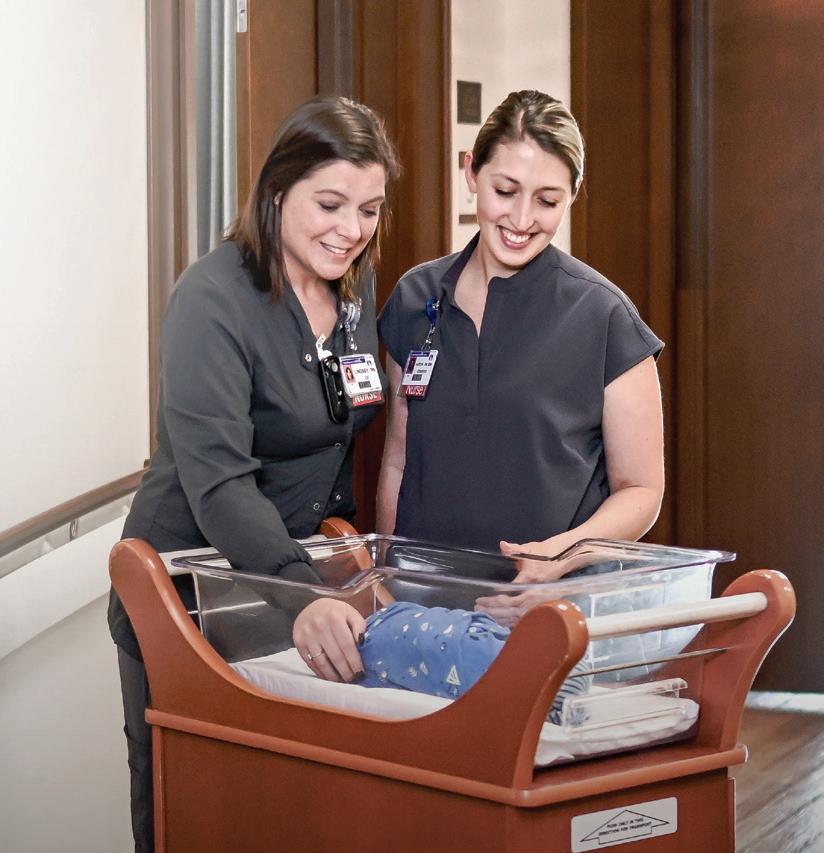



(Empty Nest cont’d from pg 3) benefits of aronia berries. (I know. Health food vs modern medicine—the old rivalry, the odd opponents.)
One lady had an autoimmune disease, interstitial cystitis, and gout. Because of the illness she was denied nursing home insurance. The medication she took was as hard or harder on her than the disease. Once she started eating aronia berries her bladder spasms stopped. She hasn’t had to take medication in five years. Another person with sciatic nerve pain cured it with aronia juice. After a nuclear accident in Japan, Poland sent aronia products to the Japanese to combat effects of radiation. Don’t take my word for it. Look up American Aronia Association and read about studies that have been done on the super food. The potential preventative










